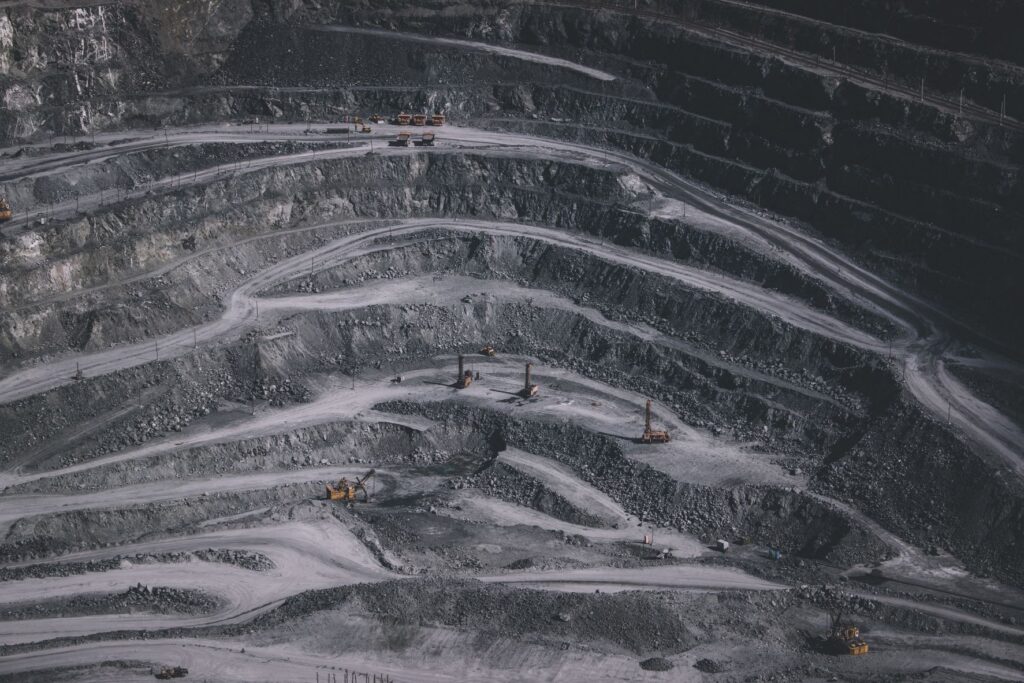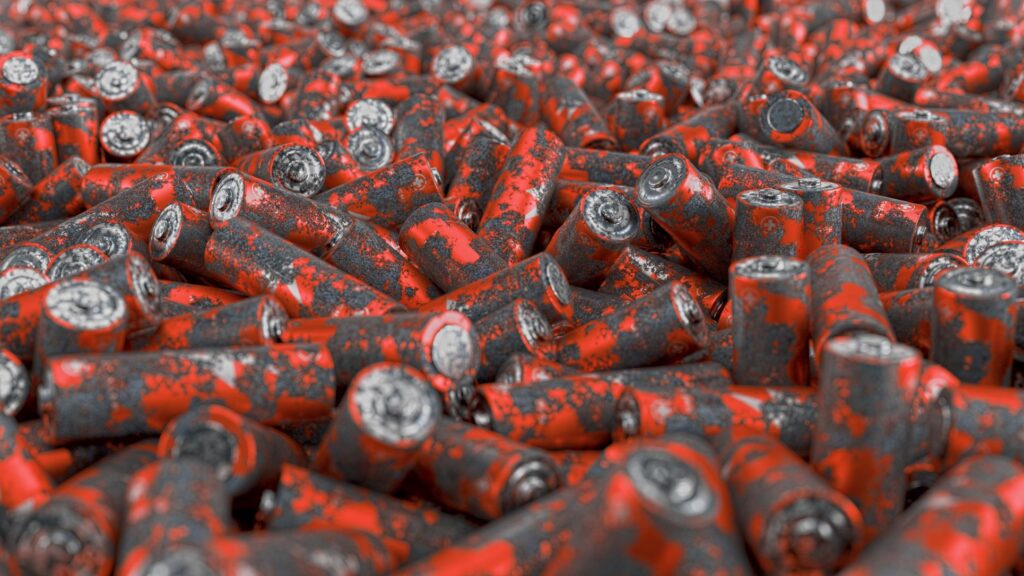As the world went into a lockdown in 2020, we saw a drop in global greenhouse emissions and hoped that the drop would last. However, as economic activity resumed, latest reports show that greenhouse gas emissions have rebounded and even climbed above pre-pandemic levels. The alarming rate at which fossil-fuel emissions keep rising has pushed us to look for alternatives. One of these “greener” alternatives are lithium-ion (Li-ion) batteries, which have been adopted across industries and are omnipresent.
The push for a greener and low-carbon future consists of Li-ion batteries, but their production significantly impacts the environment.
Despite being hailed as a crucial energy source and an essential tool in the fight against climate change, Li-ion batteries have environmental and human costs attached. The push for a greener and low-carbon future consists of Li-ion batteries, but their production significantly impacts the environment.
The environmental impact of Li-ion batteries

Lithium mining from salt brines in Andean countries, or South America is carried out using saline water. While this water is unsuitable for human consumption, it impacts water resources. Concerns about contaminating local water basins and salinating freshwater are crucial for the local communities.
Approximately 500,000 gallons of water are required to extract 1 ton of lithium. Chile is the world’s second-largest lithium producer. Mining activities in Salar de Atacama, Chile, take up to 65% of the region’s water, adversely impacting farming and crops in a region with a dry climate.
Lithium batteries are made of potentially toxic nickel, copper, and lead materials. If disposed of improperly, used batteries can lead to environmental disasters and can become explosive if stored uncontrolled.
Approximately 500,000 gallons of water are required to extract 1 ton of lithium.
Cobalt is used in Li-ion batteries as it helps keep the structure of the battery stable as it is charged and discharged. But cobalt mining in the Democratic Republic of Congo, where more than 70% of the world’s cobalt is mined, has brought distressing news to light. Human rights groups have noted severe human rights issues such as unsafe working practices and even child labour faced by the Congolese. Steps must be taken to ensure that mining is done safely, responsibly and ethically.
Lithium-ion battery recycling
Used batteries create a significant opportunity for recycling companies. E-waste, which is toxic and non-biodegradable, is best put to use by being recycled and given a new life. Recycling batteries is key to ensuring that there are enough raw materials for the swift increase in EV demand, notes Akira Yoshina who was awarded the Nobel prize for creating the first safe lithium-ion battery.
Lico focuses on recycling end-of-life batteries in India and recovering critical materials such as lithium, cobalt, manganese and nickel. These recovered materials are given back to battery manufacturers to be used to produce new products.
Recycling batteries is key to ensuring that there are enough raw materials for the swift increase in EV demand.
Large-scale economic recycling of Li-ion batteries is still lacking. Lithium is toxic and highly reactive; recycled materials are also more expensive than mined materials, making Li-ion battery recycling an arduous process that few have undertaken. Battery manufacturers and producers have mostly focused on increasing battery longevity, charging capacity and lowering costs rather than recycling. As a result of this, very few Li-ion batteries are being recycled.
What does the future of Li-ion batteries look like?
Lithium-ion batteries are already widely used in electronics, toys, cars, etc. As we see a mammoth increase in electric vehicles, Governments are incentivising and subsidizing them. It is time to take a closer look and address the problems created by Li-ion batteries. Stronger legislation on the disposal and recycling of batteries to breathe new life into them is needed. While research and work on solid-state batteries without the use of nickel and cobalt takes place, we also need to be ready to face the challenges posed by Li-ion batteries for now.
The foreseeable future suggests lithium will continue to be an essential component of batteries. Along with scaling up recycling units, incentivising them and making the process more efficient, it is crucial to create more public awareness about the environmental impacts of these batteries. With global greenhouse emissions rising across all sectors, time is running out and we must work towards minimizing them for a secure future.


